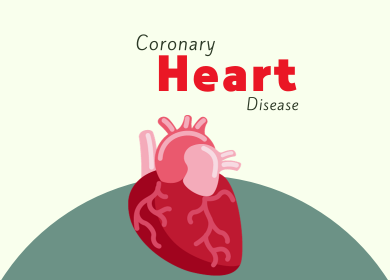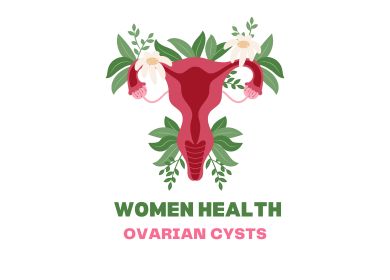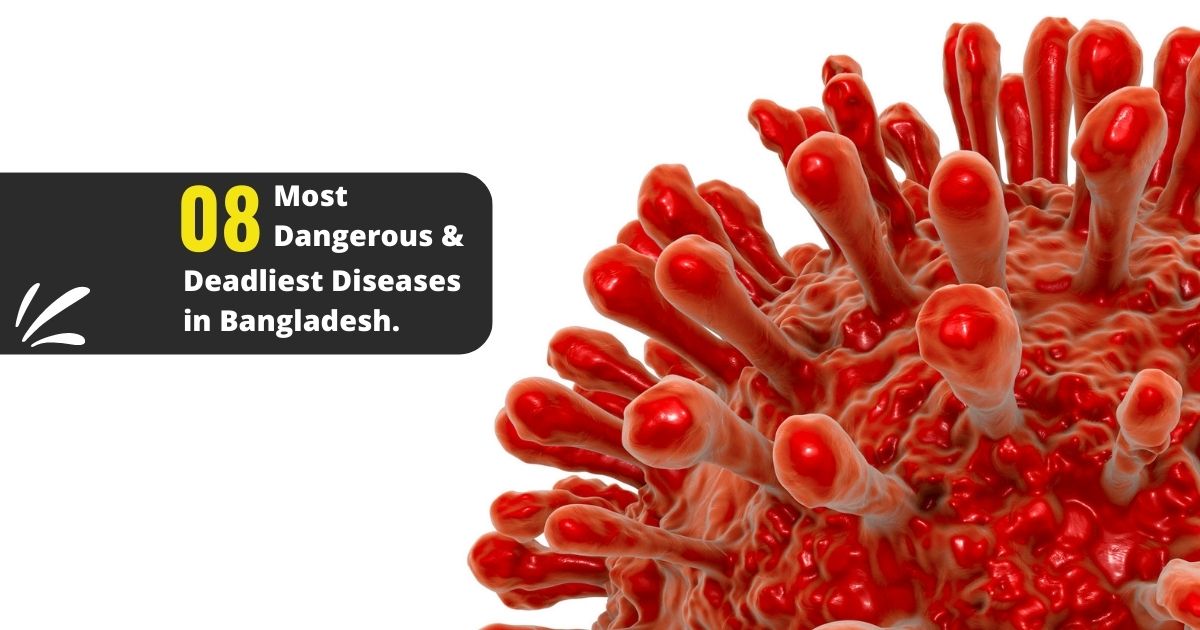Coronary Heart Disease: The Silent Killer in Today's World
About:
Coronary heart disease (CHD) is a severe, life-threatening condition that has earned the reputation of being a silent killer. It is the leading cause of death worldwide, and its prevalence continues to rise in today's world. CHD occurs when the coronary arteries, responsible for supplying blood, oxygen, and nutrients to the heart muscle, become narrowed or blocked due to the buildup of plaque. This article will delve into the causes, risk factors, symptoms, prevention, and management of this silent killer.
Understanding Coronary Heart Disease Coronary heart disease is a chronic condition that develops over time. The main cause is the accumulation of plaque in the coronary arteries, leading to reduced blood flow and oxygen supply to the heart muscle. This can result in various cardiovascular complications, including heart attacks and strokes.
Risk Factor:
Risk Factors for Coronary Heart Disease Several risk factors contribute to the development of coronary heart disease. These include age, gender, family history, high blood pressure, high cholesterol levels, smoking, obesity, diabetes, and a sedentary lifestyle. It is essential to identify these risk factors to prevent or manage the disease effectively.
Symptoms:
Symptoms of Coronary Heart Disease Coronary heart disease may not always present noticeable symptoms, hence earning its reputation as a silent killer. However, some common symptoms include chest pain or discomfort (angina), shortness of breath, fatigue, palpitations, and dizziness. Understanding these indicators is vital for early identification and intervention.
Prevention:
Prevention and Lifestyle Changes Prevention plays a significant role in combating coronary heart disease. Adopting a health-focused lifestyle is crucial for reducing the risk of encountering this condition. This includes maintaining a balanced diet, regular exercise, managing stress, quitting smoking, limiting alcohol consumption, and maintaining a healthy weight. These lifestyle changes significantly contribute to a healthier cardiovascular system.
Diagnosis:
Diagnostic Methods for Coronary Heart Disease Several diagnostic tests help identify and evaluate coronary heart disease. These include electrocardiograms (ECG), stress tests, coronary angiography, and cardiac imaging techniques such as echocardiograms and cardiac MRI scans. Swift recognition and precise diagnosis are pivotal for the effectiveness of treatment.
Treatment:
Treatment Options for Coronary Heart Disease The treatment approach for coronary heart disease depends on the severity of the condition. Lifestyle modifications, medication, and medical procedures are common treatment options. Lifestyle changes include dietary adjustments, exercise programs, stress management, and smoking cessation. Medications may include statins, beta-blockers, antiplatelet drugs, and angiotensin-converting enzyme (ACE) inhibitors. In critical situations, medical procedures such as angioplasty, stent implantation, or coronary artery bypass surgery may become necessary.
Psychological Impact:
Psychological Impact and Support Coronary heart disease not only affects physical health but also has a significant psychological impact on individuals. It can lead to anxiety, depression, and a reduced quality of life. It is crucial to provide emotional support, counseling, and access to support groups for individuals and their families to cope with the challenges of living with this condition.
Conclusion:
Conclusion: Coronary heart disease remains a silent killer in today's world, posing a significant threat to global health. Understanding the causes, risk factors, symptoms, Prevention and management of this condition is crucial for early detection, effective treatment, and improved quality of life. By adopting a healthy lifestyle, managing risk factors, and seeking appropriate medical care, individuals can empower themselves to combat this silent killer and live a heart-healthy life.
Ovarian Cysts Symptoms and Remedies.
Ovarian cysts are fluid-filled sacs that can form in or on the ovaries. Although most cysts are harmless and resolve on their own, some may cause symptoms that require treatment. In this article, we will discuss the indications and potential remedies for ovarian cysts.
Symptoms of Ovarian Cysts:
Many women may not experience any symptoms with ovarian cysts. However, some may experience the following:
- Abdominal pain: Ovarian cysts can cause mild to severe pain on one or both sides of the abdomen. The pain may be constant or intermittent and may be accompanied by bloating or a feeling of fullness.
- Irregular periods: Ovarian cysts can cause changes in the menstrual cycle, resulting in irregular periods, heavy bleeding, or spotting between periods.
- Painful intercourse: Ovarian cysts can cause pain during intercourse, felt deep in the pelvis or abdomen.
- Difficulty emptying the bladder: Ovarian cysts can put pressure on the bladder and cause difficulty emptying it, leading to frequent or urgent urination.
- Nausea and vomiting: In rare cases, a ruptured cyst can cause nausea and vomiting, requiring immediate medical attention.
Remedies for Ovarian Cysts:
- Pain relievers: Over-the-counter pain relievers such as ibuprofen or acetaminophen can help alleviate the pain associated with ovarian cysts. However, women should consult their healthcare provider before taking any medication.
- Birth control pills: Birth control pills can help regulate the menstrual cycle and prevent the formation of new ovarian cysts. Women should discuss with their healthcare provider if birth control pills are appropriate for them.
- Surgery: In rare cases, surgery may be necessary to remove an ovarian cyst. The type of surgery depends on the size and location of the cyst. Women should discuss with their healthcare provider about the risks and benefits of surgery.
- Heat therapy: Applying heat to the abdomen can help relieve the pain associated with ovarian cysts. Women can use a heating pad or take a warm bath to help reduce pain.
- Herbal remedies: Some women may find relief from ovarian cysts by using herbal remedies such as ginger, turmeric, and cinnamon. These herbs have anti-inflammatory properties that may help reduce pain and inflammation. However, women should consult their healthcare provider before using any herbal remedies.
- Lifestyle changes: Making lifestyle changes such as maintaining a healthy diet, exercising regularly, and managing stress can help prevent ovarian cysts and reduce the severity of symptoms.
Conclusion:
Ovarian cysts are common and usually harmless. However, if they cause symptoms, women should talk to their healthcare provider. Treatment options for ovarian cysts include pain relievers, birth control pills, surgery, heat therapy, herbal remedies, and lifestyle changes. By working with their healthcare provider, women can find relief from the symptoms of ovarian cysts and maintain their overall health and well-being.
The top 08 Most Dangerous and Deadliest Diseases in Bangladesh
The top 08 Most Dangerous and Deadliest Diseases in Bangladesh. Bangladesh is a small country in the world with abundant natural resources and a population of over 170 million. Due to the large number of people living in a small area, various types of diseases are prevalent among the Bangladeshi population. In this article, we will discuss the 8 most dangerous and deadly diseases in Bangladesh.
01. Cardiovascular Diseases (CVD)
02. Stroke
03. Respiratory Diseases
04. Tuberculosis (TB)
05. Chronic Obstructive Pulmonary Disease (COPD)
06. Diabetes
07. Diarrhea
08. Covid-19
Cardiovascular Diseases (CVD)
Cardiovascular diseases, which impact the heart and are a major cause of death in the country, can be identified by symptoms such as chest pain, shortness of breath, numbness in limbs, discomfort in the chest, and pain in other parts of the body. Factors that contribute to these diseases include tobacco consumption, insufficient physical activity, poor diet, genetics, pre-existing conditions like high blood pressure or cholesterol, being overweight, and a family history of such illnesses. To prevent cardiovascular diseases, individuals can maintain an active lifestyle, exercise regularly, monitor their weight, quit smoking, keep track of their blood pressure and cholesterol levels, and eat nutritious food rich in fiber, potassium, magnesium, and other beneficial nutrients.
Stroke
Stroke is a medical condition that occurs when blood flow to a part of the brain is interrupted or reduced, leading to brain cell damage or death. It is a serious and life-threatening condition that requires immediate medical attention. Common symptoms of stroke include numbness or weakness in the face, arm, or leg, difficulty speaking or understanding speech, vision problems, dizziness, and severe headache. Causes of stroke may include high blood pressure, high cholesterol, diabetes, smoking, and heart disease. Prevention measures for stroke may include quitting smoking, maintaining healthy blood pressure and cholesterol levels, regular exercise, and a healthy diet.
Respiratory Diseases
Respiratory diseases are illnesses that affect the respiratory system, such as the lungs, bronchi, trachea, and nasal passages. These diseases are a leading cause of death in many countries, including India. Common respiratory diseases include pneumonia, bronchitis, asthma, and chronic obstructive pulmonary disease (COPD). Symptoms of respiratory diseases can include coughing, sneezing, shortness of breath, fever, and fatigue. Causes of respiratory diseases can include exposure to pollution, tobacco smoke, or other harmful substances, as well as genetic factors or infections. Preventative measures for respiratory diseases can include quitting smoking, avoiding exposure to pollutants, regular exercise, and a healthy diet.
Tuberculosis (TB)
Tuberculosis (TB) is a serious infectious disease caused by bacteria known as Mycobacterium tuberculosis. It primarily affects the lungs but can also infect other parts of the body, such as the kidneys, spine, and brain. TB spreads through the air when an infected person coughs or sneezes, and it can also spread through contact with contaminated surfaces. The symptoms of TB can include a persistent cough that lasts for weeks, chest pain, fatigue, fever, night sweats, and weight loss. TB can be treated with a combination of antibiotics, but it requires a long-term treatment course lasting several months to ensure that the bacteria are fully eradicated.
Chronic Obstructive Pulmonary Disease (COPD)
Chronic Obstructive Pulmonary Disease (COPD) is a group of lung diseases that make it difficult to breathe. The most common types of COPD are chronic bronchitis and emphysema. Chronic bronchitis is when the air passages in the lungs become inflamed and narrowed, leading to a persistent cough and excessive mucus production. Emphysema is when the air sacs in the lungs are damaged, reducing their ability to take in oxygen.
COPD is most commonly caused by long-term exposure to irritating gasses or particulate matter, such as cigarette smoke, air pollution, or workplace dust and chemicals. Symptoms of COPD include shortness of breath, coughing, wheezing, and chest tightness. While there is no cure for COPD, it can be managed with medications, oxygen therapy, pulmonary rehabilitation, and lifestyle changes such as quitting smoking and avoiding irritants.
Diabetes
Diabetes is a chronic medical condition characterized by high blood sugar levels due to the body's inability to produce enough insulin or use it properly. Insulin is a hormone that helps regulate blood sugar levels. There are two main types of diabetes: type 1 and type 2. Type 1 diabetes is an autoimmune disease in which the body's immune system attacks and destroys insulin-producing cells in the pancreas, resulting in little or no insulin production. Type 2 diabetes, on the other hand, is a metabolic disorder in which the body is unable to use insulin effectively, resulting in insulin resistance. Diabetes can lead to a range of complications, including cardiovascular disease, nerve damage, kidney damage, eye damage, and foot damage. Management of diabetes involves regular blood sugar monitoring, medication (such as insulin or oral medications), lifestyle changes (such as exercise and diet), and close monitoring by a healthcare professional.
Diarrhea
Diarrhea is a medical condition characterized by frequent bowel movements that are loose or watery. It is usually caused by an infection in the digestive system, often due to viruses, bacteria, or parasites. Diarrhea can also be caused by certain medications, food intolerances, or other underlying health conditions. The symptoms of diarrhea can range from mild to severe, and may include abdominal cramps, nausea, vomiting, and dehydration. Treatment for diarrhea usually involves replacing lost fluids and electrolytes, and addressing the underlying cause of the condition. In some cases, medications may also be prescribed to alleviate symptoms.
Covid-19
COVID-19 is an infectious respiratory disease caused by the SARS-CoV-2 virus that was first identified in Wuhan, China in 2019. The disease spread rapidly across the globe, leading to a global pandemic. COVID-19 is primarily spread through respiratory droplets when an infected person talks, coughs, or sneezes, and it can also be spread by touching a surface contaminated with the virus and then touching one's face. Symptoms of COVID-19 include fever, cough, fatigue, body aches, loss of taste or smell, and difficulty breathing. The disease can range from mild to severe, and some people may not have any symptoms at all. Vaccines have been developed and are being administered worldwide to prevent COVID-19, and measures such as wearing masks, practicing social distancing, and frequent hand washing are recommended to slow the spread of the virus.
Finally; Knowing the health conditions and illnesses that are most likely to affect people in Bangladesh can assist in selecting health insurance policies that cover these ailments, as well as in making realistic predictions about life expectancy to aid policyholders in planning their term life insurance policies.



